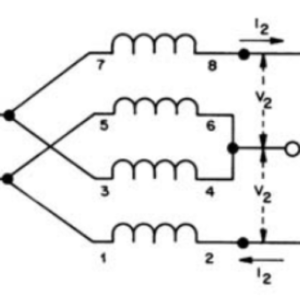
There’s a quite famous audio amplifier builder (legendary really) named Nelson Pass that makes very high end audio amplifiers. In some of his amps, he even goes so far as to allow you to manually skew the bias via a knob on the front, so you can slant the harmonic content towards even or odd harmonics. This makes a pretty dramatic difference on the sound as even harmonics are warm sounding and odd harmonics are dissonant sounding.
With this, you can change the mix of each and find a sound you prefer.
I decided to give this a try in a 2x 188XR amp, so I built an amp with a fully regulated dual bias which you can individually adjust for each LDMOS.

I was really hoping to be able to affect (reduce) the nasty 3rd harmonic in a significant way, but what I found was only a small effect on the odd harmonics and a significant affect on the even harmonics.
In fact, you can completely null out the even harmonics. See the image above – the even harmonics are completely gone.
This was an interesting experiment but we’re still left with the nasty odd harmonics which your antenna system will happily transmit for you. The fundamental reason these high power LDMOS amplifiers are not very linear, is because the carrier, a sine wave, is not accurately reproduced. These waves instead take on all sorts of shapes, up to and including almost pure square waves!
This way, the rated power can be reached, and the harmonics are removed in the LPF. Standard Operating Procedure..
To reproduce the sine wave carrier is quite a challenge and can not be done at these power levels, at these Vds voltage levels.
The even harmonics, even if they were not reduced or removed by the LPF, are usually not much to worry about. Why? Because first they are much lower in magnitude and second, even if they got out of your amp unaltered, your feedline and antenna typically would not transmit them.
Your feedline and antenna typically make an excellent LPF for even harmonics, as the evens will see SWRs over 100 … and go nowhere. Unless, of course, your antenna system will resonate on both the fundamental and the second harmonic, which is pretty rare.
Off to the next experiments….



Leave a Reply